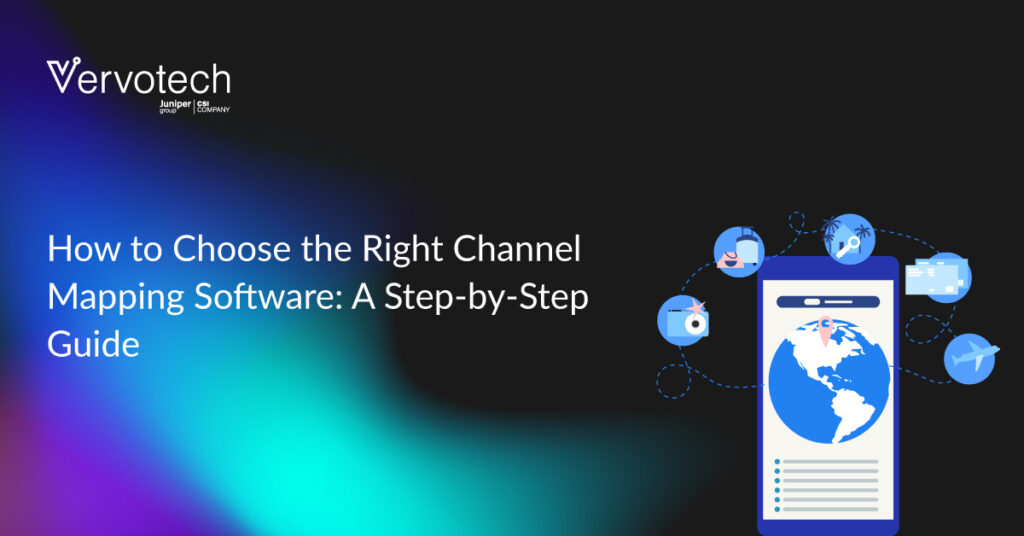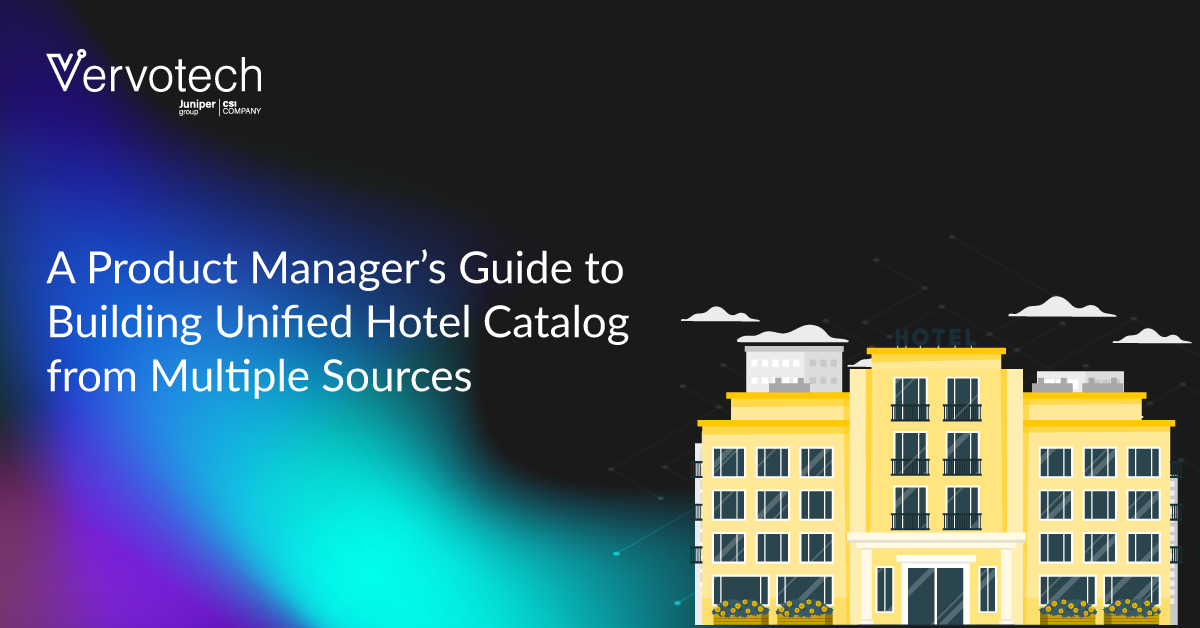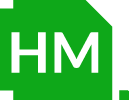For channel managers, managing hotel data across multiple suppliers and distribution channels becomes increasingly complex as the travel business grows. Spreadsheets or manual processes can only go so far before errors, duplicates, and delays start affecting bookings and revenue. A reliable channel mapping platform solves this challenge by aligning property content, availability, and rates across every sales touchpoint.
Selecting the right software, however, requires more than scanning a feature list. Channel managers need to evaluate how well a solution fits their workflows, integrates with existing systems, and scales with future growth. This step-by-step guide explains what to look for in a channel mapping platform so you can make an informed decision and build a distribution process that is accurate, efficient, and ready for expansion.
Once you understand why clean, consistent data is essential, the next step is to look at the technology designed to make that possible. Yes, we’re talking about the channel mapping software.
What is Channel Mapping Software?
Channel mapping software is a specialized platform that automates the process of matching and organizing property content, rates, and availability from different suppliers into a single, reliable record. It keeps every booking channel aligned, reduces manual reconciliation, and supports faster onboarding of new properties.
Well-designed software does more than store property IDs. It applies algorithms and business rules to detect duplicates, resolve inconsistencies, and synchronize updates across OTAs, wholesalers, global distribution systems, and direct booking engines. For channel managers, this means fewer errors, less time spent on data cleanup, and a smoother experience for travelers.
How Is Channel Mapping Similar or Different from Hotel Mapping?
The terms channel mapping and hotel mapping are often used interchangeably, but they focus on slightly different scopes:
Hotel mapping refers mainly to matching and standardizing property information, names, addresses, images, and amenities across multiple supplier feeds.
Channel mapping includes hotel mapping as a foundation, but extends it to rates, room types, inventory, and other content distributed through different sales channels.
In short, hotel mapping ensures a single, accurate record for each property, while channel mapping connects that record with pricing, availability, and content rules so everything stays consistent across every platform where rooms are sold.
A clear understanding of what channel mapping software does and how it differs from simple hotel mapping lays the groundwork for choosing the right tool. The next step is to evaluate solutions systematically, focusing on how well they meet your business goals, integrate with existing systems, and adapt as your supplier network grows.
The following section outlines practical steps to help online travel businesses select channel mapping software that delivers accuracy, scalability, and long-term value.
Steps to Choose the Right Channel Mapping Software for Your Online Travel Business
Selecting a channel mapping platform is not just a technical purchase; it is a decision that shapes how efficiently your distribution network runs and how accurately your property content reaches travelers. Rushing into a choice based solely on price or a handful of features can leave teams struggling with mismatched data, integration gaps, or systems that do not scale with growth. A thoughtful evaluation helps you find a solution that fits both your current operations and future plans.
Here are the key steps to guide your decision:
Step 1. Understand Your Needs
Start by setting clear expectations of what you want the software to achieve. Gauge the volume & complexity of your supplier feeds, the level of accuracy you need, and the resources available to manage mapping. Then, identify issues you’d like to resolve, like duplicate listings, slow content updates, or heavy manual reconciliation.
Assessing your needs makes it easier to compare multiple tools against your business requirements and make an informed decision.
Step 2. Evaluate Core Features
When browsing for channel mapping software, explore how each software handles data matching and content sync. Most AI-native solutions with customizable rules help detect anomalies across channels and help maintain a single, unified record.
Also consider usability: an intuitive dashboard, reporting options, and clear visibility into mapping accuracy can save time for your team.
Step 3. Assess Integration Capabilities
The right channel mapping platform should work seamlessly across property management systems (PMSs), central reservation systems (CRSs), Online Travel Agencies (OTAs), global distribution systems (GDSs), and any other tools you rely on. Look for detailed API documentation, flexible connectors, and smooth implementation paths. Strong integration ensures that updates flow across all touchpoints without bottlenecks.
Step 4. Review Automation and Maintenance Options
Automation reduces manual intervention and helps maintain accuracy as supplier data changes. Check whether the software supports bulk edits, conflict resolution rules, and scheduled updates. Ongoing maintenance, such as continuous data enrichment or support for evolving supplier formats, is equally important for long-term stability.
Step 5. Evaluate Pricing and ROI
Cost alone should not be a ground to determine your choice, but understanding how pricing relates to value is essential. Compare subscription or usage-based models and weigh them against expected returns, including faster onboarding, reduced booking errors, and improved traveler confidence. A solution that delivers measurable operational and revenue benefits often justifies a higher upfront investment.
Step 6. Evaluate Vendor Reliability
Finally, take time to assess the provider behind the product. Look for a track record of accuracy, customer success stories, training resources, and responsive support. Vendors that invest in innovation and client partnerships like Vervotech, with its focus on mapping precision and scalable technology, can offer long-term security and expertise.
Ready to Make the Right Choice?
Choosing the right channel mapping software isn’t just about ticking feature boxes; it’s about finding a partner that can help your online travel business scale, cut down errors, and deliver consistently reliable content. Taking the time to evaluate needs, integrations, automation, pricing, and vendor credibility is the only right way to set the stage for smoother operations and better traveler experiences.
With the right solution in place, you’ll be equipped to manage complex supplier feeds with confidence and focus on what matters most: growing your distribution network and delighting your customers.







